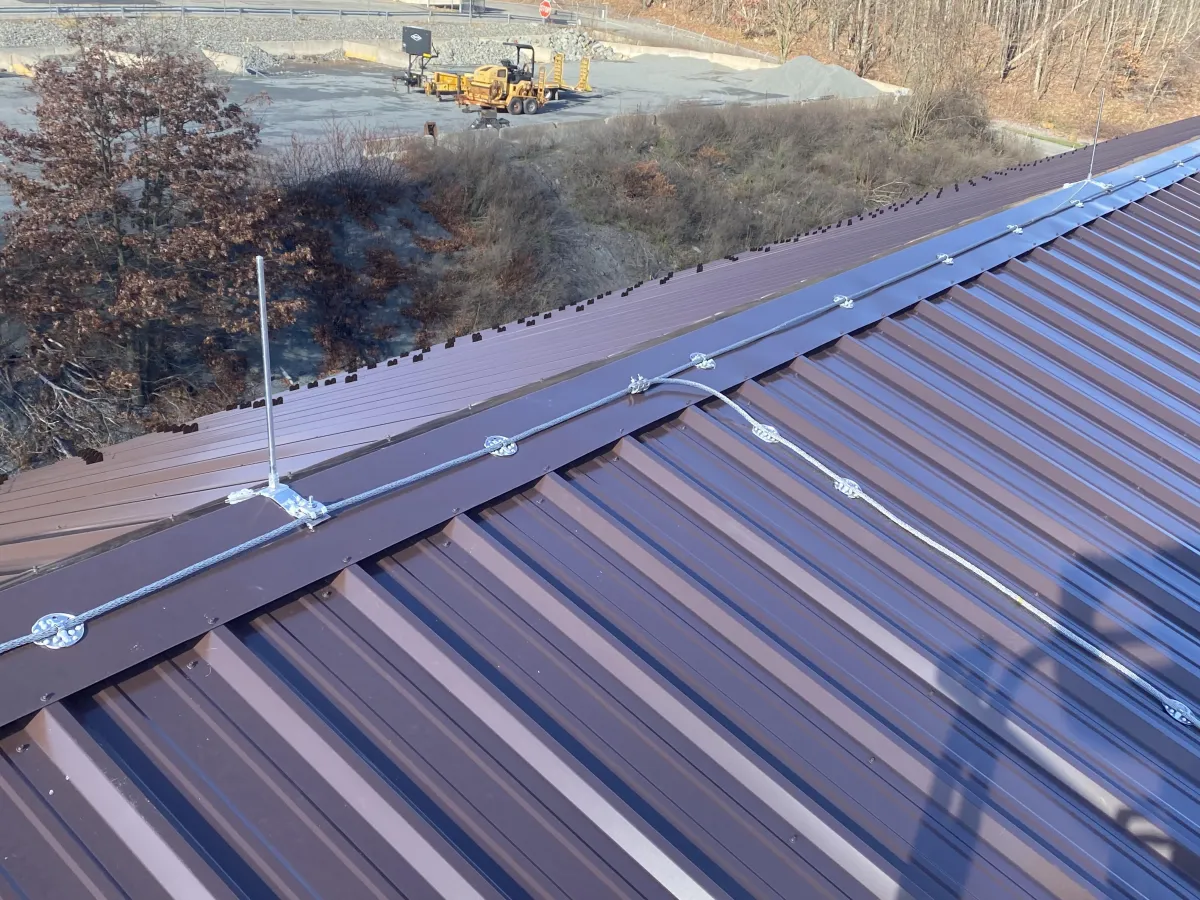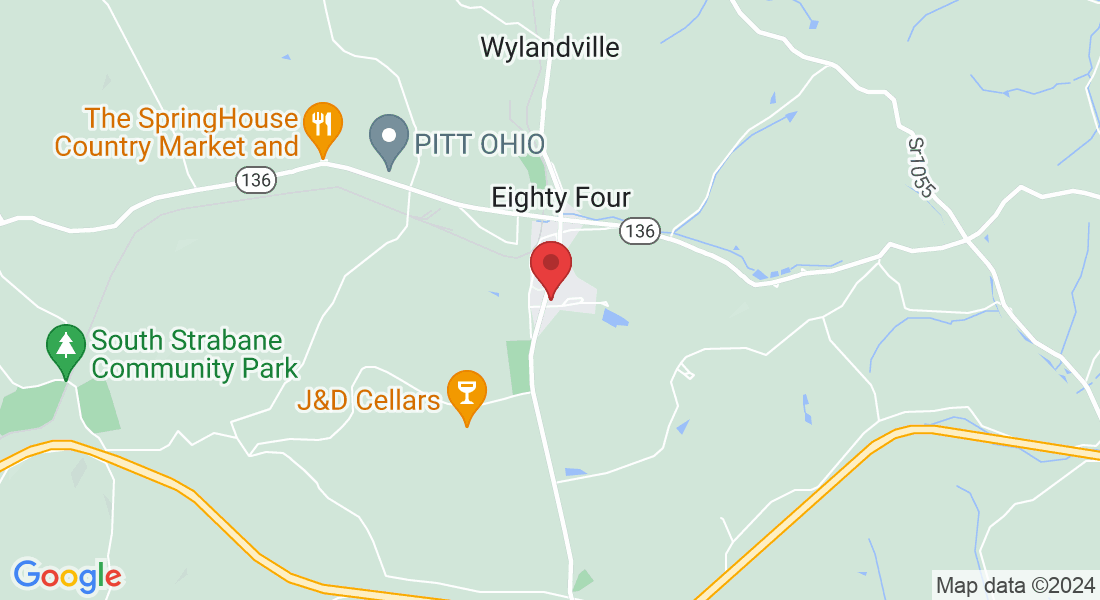
Welcome To J & G Lightning Protection
Woman Owned, LPI-Certified and UL-Listed
Empower Your Business Or Home with Protection Against Lightning Strikes
Leveraging our advanced knowledge and innovations in the field of lightning science, we provide top-notch lightning protection solutions. Our offerings encompass a range of products, services, and expert advice, all designed to minimize the potential damage to your property and ensure the safety of your people.
ABOUT US
Protecting Businesses Since 1978
Our team at J & G Lightning Protection consists of Lightning Protection Institute certified professionals, engineers, designers, installers, and project managers. Together, we are committed to delivering top-tier services designed to protect your property effectively.
With over forty years of accumulated experience, we have continuously refined our techniques and offerings, ensuring stable and reliable lightning protection solutions. Upon your request, our team conducts a thorough on-site assessment of your property. This allows us to understand your specific needs and engage in a detailed discussion about our range of lightning protection services.
Our experts are not just knowledgeable; they are dedicated to designing a tailored lightning protection plan that caters to the unique requirements of your property. This approach ensures the safety of your property, valuables, and inhabitants.
We invite you to schedule an appointment with our team for a dependable solution that mitigates the risks posed by lightning strikes.

WHY YOU SHOULD CHOOSE J & G
We Understand Lightning Strikes Better Than Anyone

The impact of lightning strikes on properties can be catastrophic. To effectively address this challenge, J & G Lightning Protection offers a comprehensive suite of lightning protection services. Our range of services includes:
Expert design and installation of lightning protection systems.
Thorough testing and maintenance of lightning protection systems.
Advanced surge protection system installation and testing.
Grounding system design and installation.
Detailed lightning risk assessments.
Beyond these core services, we offer additional specialized solutions tailored to meet the unique needs of each property.
The Best Protection Against Lightning Strikes

At J & G Lightning Protection, we understand the severity of these risks. Our approach is rooted in cutting-edge developments and a deep understanding of the science behind lightning strikes. This expertise is the foundation of our superior range of lightning protection solutions, encompassing both products and services tailored to your needs.
Our offerings are designed not just to safeguard your physical property but to ensure the uninterrupted operation of essential systems and the safety of everyone inside.
Harnessing Cutting-Edge Technology, Ensuring Unparalleled Customer Satisfaction

We utilize the latest technology and premium materials to create sturdy offerings. All of our designs, structural systems, and components conform to the rigorous requirements of LPI, NFPA, and UL standards. You will find our extensive product line and systems complemented by unrivaled customer service and assistance for a full-fledged solution.
CUSTOMER REVIEWS
★★★★★
I can't speak highly enough about the team at J & G Lightning Protection From the initial consultation to the final switch-flip, their professionalism and attention to detail were outstanding.
★★★★★
When our business faced a critical lightning strikes. We turned to J & G Lightning Protection for help. Their support team responded promptly and resolved the problem swiftly. Their expertise saved us from a potential disaster.

